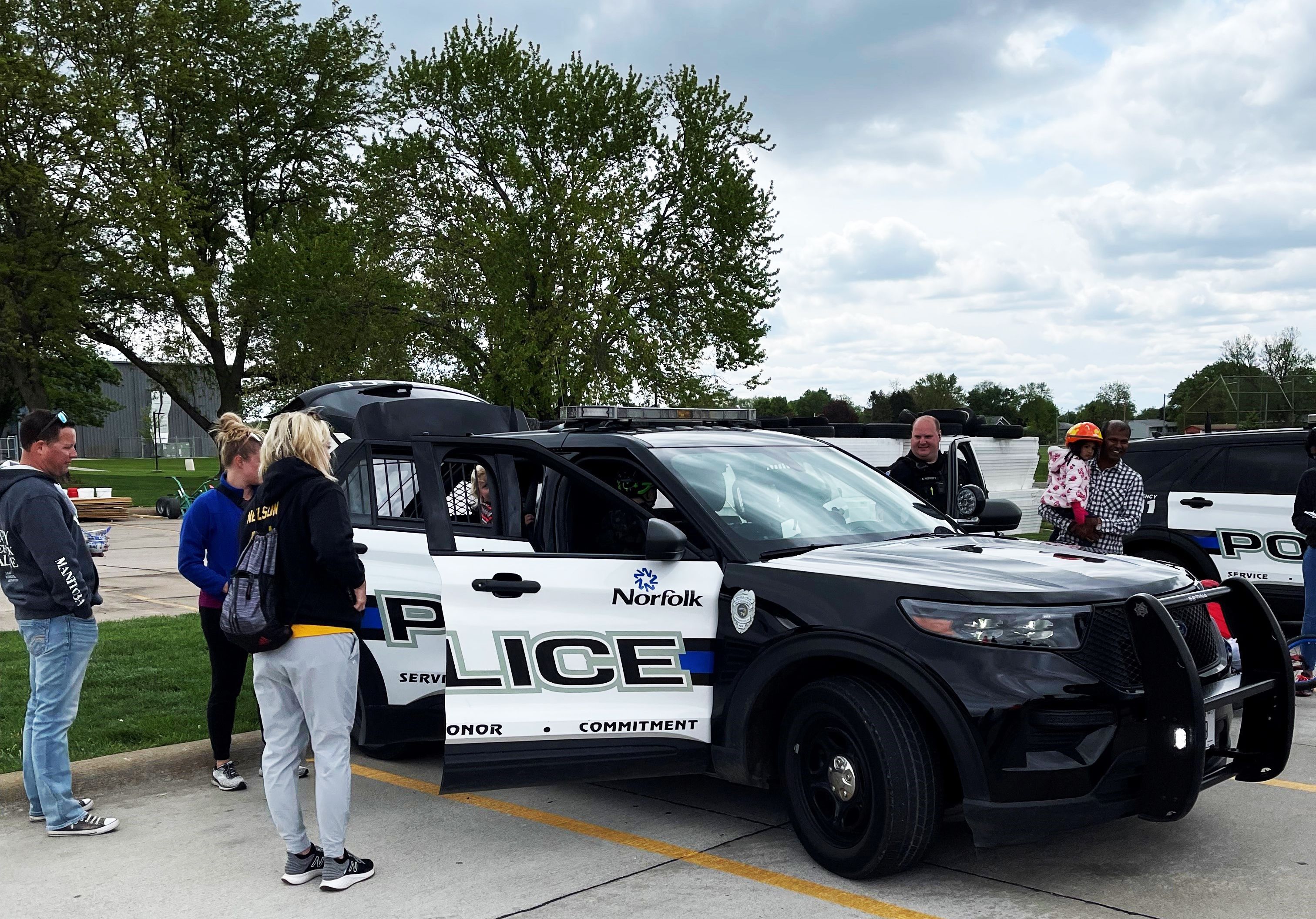
Mitigating Police Shortages in America: A multifaceted approach that addresses recruitment, retention, training, and community engagement by Dave Bos, LARM Executive Director
In recent years, Nebraska, not unlike the rest of the United States, has faced a growing concern: a shortage of police officers. This shortage has become increasingly apparent in communities both big and small, raising critical questions about public safety, law enforcement effectiveness, and the underlying factors contributing to this concerning trend. From cities to villages, police departments are grappling with dwindling numbers of officers, adding to already existing challenges and sparking debates about recruitment, retention, and the complex dynamics shaping law enforcement careers. As communities seek to address this pressing issue, understanding the root causes and potential solutions is critical to ensuring the safety and well-being of citizens. Here are some ideas:
1. Recruitment Strategies
- Increase outreach efforts. Target all populations with a goal of maintaining diversification within the police force.
- Offer incentives such as signing bonuses or tuition reimbursement to attract qualified candidates.
- Streamline the hiring process to make it more efficient and appealing to potential recruits.
2. Retention Programs
- Implement retention bonuses, salary increases, or shift selection bidding to incentivize experienced officers to stay in their positions.
- Provide opportunities for career advancement, professional development, and specialized training to keep officers engaged and motivated.
- Enhance workplace support systems, including mental health resources and peer support programs, to address the stress and challenges of police work.
3. Community Policing Initiatives
- Invest in community policing programs that prioritize building positive relationships between law enforcement and the communities they serve.
- Establish partnerships with community organizations, schools, and local businesses to address underlying social issues and prevent crime collaboratively.
- Implement procedural justice training for officers to promote fairness, transparency, and respectful interactions with the public.
4. Technology and Innovation
- Deploy technology solutions such as body cameras, dash cameras, and data analytics to improve transparency, accountability, and efficiency in law enforcement operations.
- Invest in predictive policing technologies to allocate resources effectively and prevent crime proactively.
- Explore alternative policing models, such as the use of civilian community resource officers for non-emergency tasks, to alleviate the workload on sworn officers.
5. Addressing Systemic Issues
- Address systemic issues within law enforcement agencies, including bias, discrimination, and excessive use of force, through comprehensive reform efforts.
- Implement policies and training programs focused on de-escalation techniques, cultural competency, and implicit bias awareness.
- Strengthen accountability mechanisms, including civilian oversight boards and independent review processes, to ensure transparency and accountability in policing practices.
6. Collaboration and Coordination
- Foster collaboration among federal, state, and local law enforcement agencies to share resources, best practices, and intelligence.
- Partner with academic institutions and advocacy groups to conduct research and evaluation on effective policing strategies.
- Engage with policymakers, community leaders, and citizens to develop evidence-based solutions tailored to the specific needs of each community.
Although this issue may never completely go away, by implementing these strategies in a coordinated and comprehensive manner, policymakers, law enforcement agencies and citizens can work together to mitigate police shortages and build safer, more resilient communities.
Photo taken in Norfolk, Nebraska

